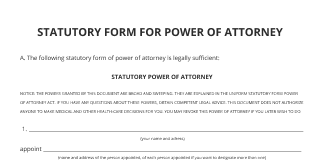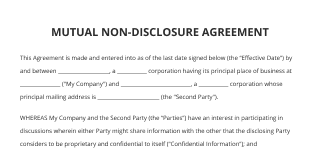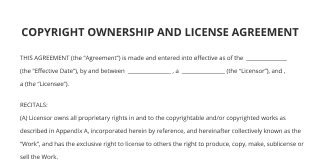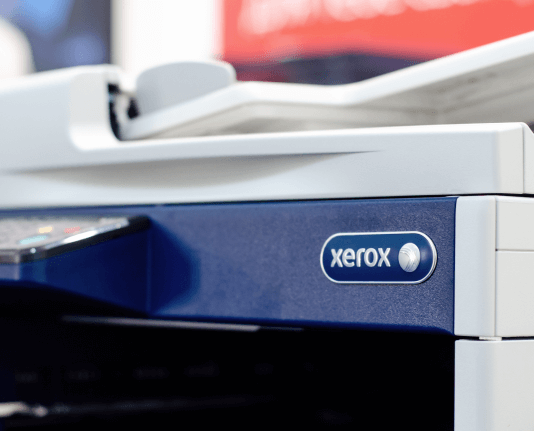Understanding the Difference between Sales Invoice and Official Receipt
Move your business forward with the airSlate SignNow eSignature solution
Add your legally binding signature
Integrate via API
Send conditional documents
Share documents via an invite link
Save time with reusable templates
Improve team collaboration
See airSlate SignNow eSignatures in action
Understanding Sales Invoices
A sales invoice is a document issued by a seller to a buyer, detailing the products or services provided, along with the amount due for payment. It serves as a formal request for payment and includes essential information such as the invoice number, date of issue, payment terms, and itemized list of goods or services. Sales invoices are crucial for accounting purposes, helping businesses track sales and manage cash flow.
Key components of a sales invoice typically include:
- Seller's and buyer's contact information
- Invoice number and date
- Description of goods or services
- Unit price and total amount due
- Payment terms and due date
What is an Official Receipt?
An official receipt is a document provided by a seller to acknowledge that payment has been received from a buyer. This document serves as proof of payment and is often required for record-keeping and tax purposes. Official receipts are typically issued after the payment has been made, confirming that the transaction is complete.
Important elements of an official receipt usually include:
- Receipt number and date of issue
- Seller's and buyer's contact information
- Amount received
- Description of the goods or services
- Payment method (cash, credit card, etc.)
Key Differences Between Sales Invoice and Official Receipt
The primary difference between a sales invoice and an official receipt lies in their purpose and timing within a transaction. A sales invoice is issued before payment is made, serving as a request for payment. In contrast, an official receipt is issued after payment has been received, serving as proof of that payment.
Additional distinctions include:
- A sales invoice typically includes detailed descriptions of products or services, while an official receipt focuses on confirming payment.
- Sales invoices are essential for tracking sales and managing accounts receivable, whereas official receipts are crucial for record-keeping and tax compliance.
- Sales invoices may have terms regarding payment deadlines, while official receipts do not include such terms.
When to Use Each Document
Understanding when to use a sales invoice versus an official receipt is vital for effective business operations. Use a sales invoice when you are selling goods or services and expect payment. This document helps you keep track of outstanding payments and manage your finances.
On the other hand, provide an official receipt once the payment has been made. This document assures the buyer that their payment has been received and serves as an important record for both parties.
Best Practices for Managing Invoices and Receipts
Efficient management of sales invoices and official receipts can enhance your business's financial health. Here are some best practices:
- Utilize digital document management tools to create, send, and track invoices and receipts.
- Ensure all documents are accurately filled out to avoid discrepancies.
- Establish a consistent numbering system for invoices and receipts to streamline record-keeping.
- Keep copies of all invoices and receipts for your records, which can be easily done using eSigning solutions.
Using airSlate SignNow for Invoices and Receipts
airSlate SignNow offers a seamless way to create, send, and manage sales invoices and official receipts digitally. Users can prepare and send documents for eSigning quickly and securely. The platform allows for easy editing of templates, merging documents, and sharing completed files, ensuring that all transactions are documented efficiently.
With airSlate SignNow, businesses can enhance their workflow by automating the invoicing process, reducing the time spent on paperwork, and minimizing errors. This digital solution supports effective record-keeping and compliance, making it easier to manage financial transactions.
airSlate SignNow solutions for better efficiency
Our user reviews speak for themselves






Why choose airSlate SignNow
-
Free 7-day trial. Choose the plan you need and try it risk-free.
-
Honest pricing for full-featured plans. airSlate SignNow offers subscription plans with no overages or hidden fees at renewal.
-
Enterprise-grade security. airSlate SignNow helps you comply with global security standards.

Comprehending the distinction between sales invoice and official receipt
In the realm of business transactions, it is essential to grasp the distinction between sales invoices and official receipts. Both documents fulfill different roles in financial record-keeping and regulatory compliance. This guide will provide insights into the advantages of utilizing airSlate SignNow for your document signing requirements.
Investigating the distinction between sales invoice and official receipt
- Launch your web browser and go to the airSlate SignNow website.
- Register for a free trial account or log in to your current account.
- Choose the document you want to sign or request signatures for and upload it.
- If you intend to reuse this document, transform it into a reusable template.
- Access your uploaded document and perform necessary modifications, such as adding fillable fields or inserting specific details.
- Sign the document and allocate signature fields for the recipients.
- Click 'Continue' to set up and send an eSignature invitation.
airSlate SignNow provides a comprehensive solution for businesses aiming to enhance their document signing process. With its intuitive interface and affordable pricing, it offers excellent value for your investment.
Discover the advantages of airSlate SignNow today and streamline your document management. Begin your free trial now!
How it works
airSlate SignNow features that users love
Get legally-binding signatures now!
FAQs
-
What is the purpose of a sales invoice?
A sales invoice is a legally binding document that lays out the products and services provided, transaction dates, the amount owed, payable taxes, payment terms, and any other important information your client needs to know. -
Why did BIR change official receipt to sales invoice?
Sales invoices serve as the official proof of transaction for tax purposes. Under the new BIR rules, invoices are now required for both product sales and service transactions, eliminating the previous use of official receipts for services. -
What is the difference between a sales receipt and an invoice?
An invoice serves as a formal request for payment, detailing the costs and terms of goods or services before the transaction. Meanwhile, a receipt is issued post-payment, confirming that the payment has been received and provides a summary of the completed transaction. -
What is the difference between a receipt and a sales invoice?
The difference between an invoice and a receipt Invoices are issued prior to the customer sending the payment, whereas a receipt is issued after the payment has been received. The invoice acts as a request for payment, and the receipt acts as a proof of payment. -
Is a sales invoice the same as an official receipt?
No, a sales invoice is not valid as an official receipt. A sales invoice merely indicates that a certain amount remains owing for past goods or services provided during a business transaction. Only once a customer pays and a business receives full or partial payment will an official receipt be issued. -
Are official receipt and sales invoice the same?
No, a sales invoice is not valid as an official receipt. A sales invoice merely indicates that a certain amount remains owing for past goods or services provided during a business transaction. Only once a customer pays and a business receives full or partial payment will an official receipt be issued. -
What is another name for a sales invoice?
Invoice/Final Invoice: A regular invoice is sent to a buyer confirming that a sale has occurred to request payment. Sales Invoice: Another name for an invoice or final invoice—the final bill. Pro Forma Invoice: A simple invoice that comes after a quote or estimate on goods/services, but before the final invoice.
What active users are saying — difference between sales invoice and official receipt
Related searches to Understanding the difference between sales invoice and official receipt
Get more for difference between sales invoice and official receipt
- Jewellery bill book format for R&D
- Jewellery bill book format for Personnel
- Jewellery Bill Format in Word for Facilities
- Jewellery bill format in word for Finance
- Jewellery bill format in word for IT
- Jewellery Bill Format in Word for Legal
- Jewellery bill format in word for Procurement
- Jewellery Bill Format in Word for Product Management
Find out other difference between sales invoice and official receipt
- Discover the ultimate contract signing solution for ...
- Discover the power of our cloud-based signing ...
- Streamline your workflow with automated signatures
- Discover our PDF signing tool free download for ...
- Effortless acrobat pro sign on for your business needs
- Experience the power of acrobat secure signature with ...
- Complete and sign PDF free download with airSlate ...
- Discover the best electronic signature platforms for ...
- Effortless PDF signing export for your business
- Unlock seamless agreements with our collaborative ...
- Discover the essential Windows free digital signature ...
- Streamline your Office 365 sign on experience with ...
- Streamline Microsoft Office PDF signing with airSlate ...
- Download the ultimate e-signature platform for seamless ...
- Download electronic document signing software for ...
- Download our reliable digital signature application for ...
- Experience seamless digital contract signing software ...
- Discover the best document signing alternatives for ...
- Download Bulk PDF Signer for Free to Simplify Your ...
- E-sign free download for effortless document signing






























